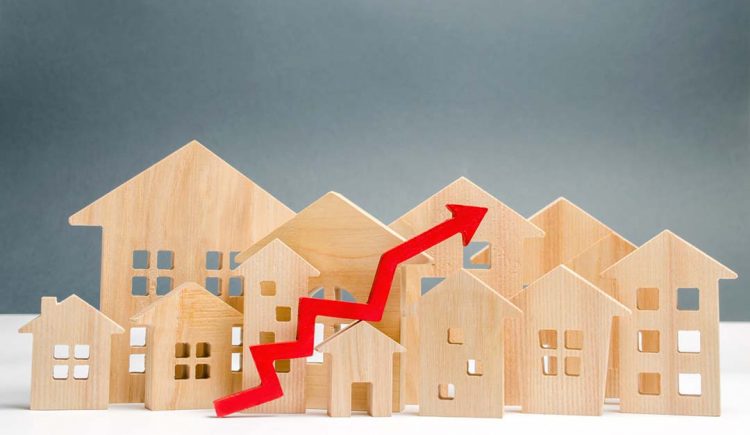ATTOM recently released its second-quarter 2021 Opportunity Zones report analyzing qualified low-income zones established by Congress in the Tax Cuts and Jobs Act of 2017.
ATTOM analyzed 5,236 zones across the U.S., finding that median single-family home prices increased from the second quarter of 2020 to the second quarter of 2021 in 75% of Opportunity Zones and rose by at least 15% in about half of them.
Key findings:
– Median prices of single-family houses and condos increased in 75% of the Opportunity Zones with sufficient data to analyze, and increased in 64% of the zones from the last quarter.
– Median prices rose annually in 81% of census tracts outside of Opportunity Zones and quarterly in 70% of them.
– Year-over-year, median home prices rose at least 15% in Q2 in 2,011 (52%) of Opportunity Zones with sufficient data.
– Typical home values in four of every 10 Opportunity Zones increased annually in the second quarter of 2021 by more than the 22% increase in the overall national single-family median home price during that time period.
– Among states with at least 20 Opportunity Zones, those with the largest percentage of zones where median prices rose YoY during the second quarter of 2021 included New Hampshire (median prices up, YoY, in 95% of zones), Massachusetts (94%), Idaho (91%), Utah (90%) and Arizona (89%).
– Of all 5,236 zones in the report, 2,021 (39%) still had median prices in Q2 that were less than $150,000 and 914 (17%) had medians ranging from $150,000 to $199,999.
– The total percentage of zones with typical values below $200,000 decreased to 56% in the second quarter.
– Median values in Q2 ranged from $200,000 to $299,999 in 1,081 Opportunity Zones (21%) while they topped the national median of $305,000 in 1,183 (23%).
– The Midwest continued to have the highest portion of Opportunity Zone tracts with a median home price of less than $150,000 (63%), followed by the South (45%), the Northeast (41%) and the West (6%).
The takeaway:
“Housing markets kept chugging along in some of the nation’s poorest neighborhoods during the second quarter of this year in another sign that the decade-long, home-price boom across the nation knows pretty much no boundaries. Values kept rising inside specially designated Opportunity Zones at around the same rate as they did in other areas even as the Coronavirus pandemic continued causing economic hardship,” said Todd Teta, chief product officer with ATTOM. “For sure, property values in Opportunity Zones remain depressed. But the price spikes there not only suggest that those communities are a very viable option for households priced out of more-upscale neighborhoods. They also indicate the ongoing potential for the economic revival that underpins the Opportunity Zone tax breaks.”
To view the full report, click here.












